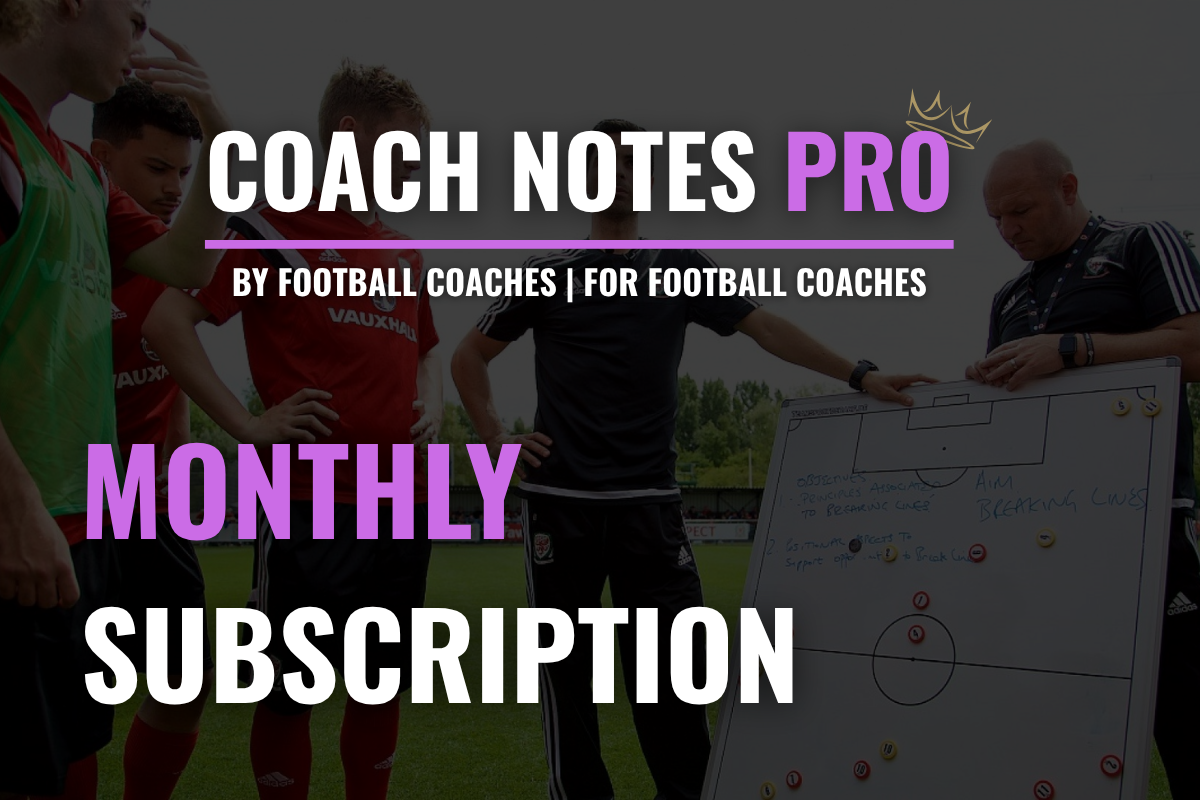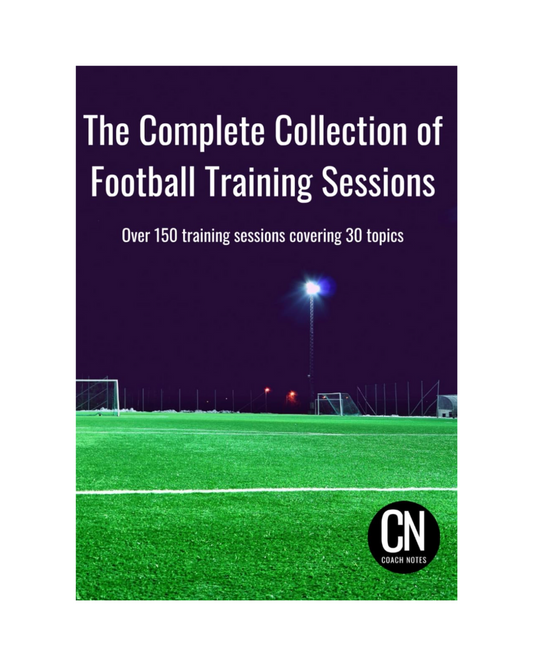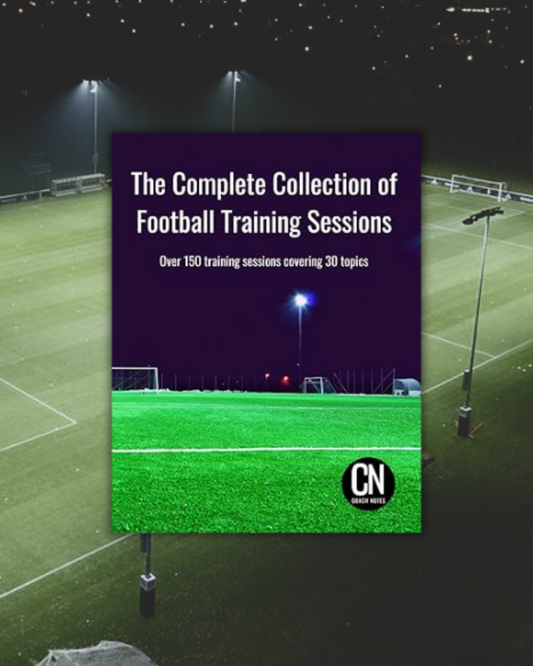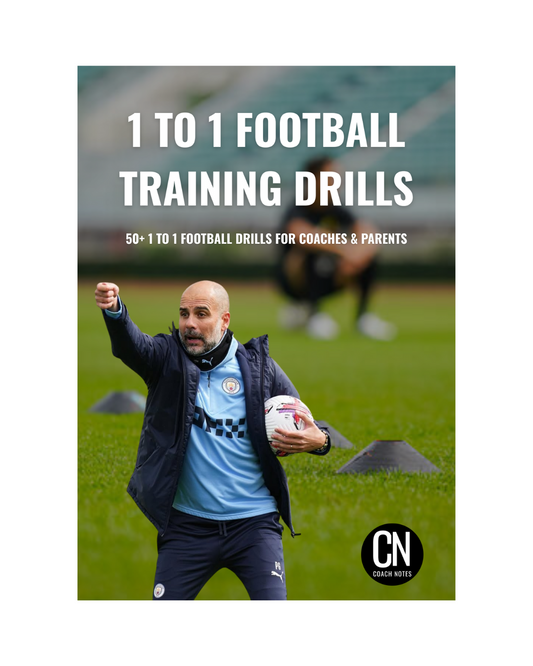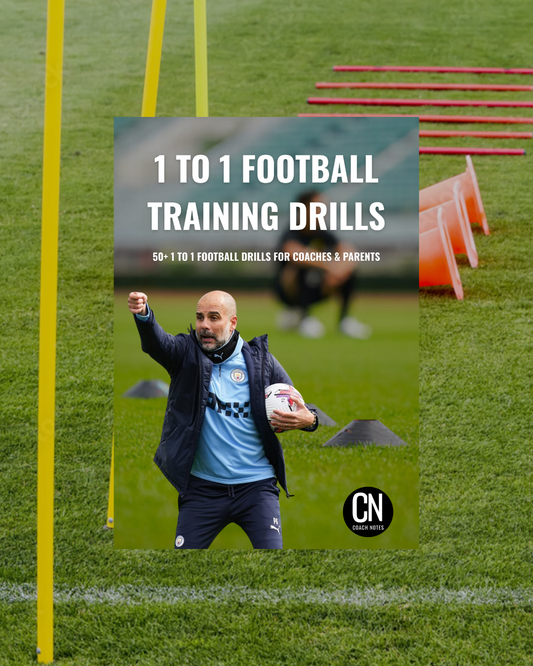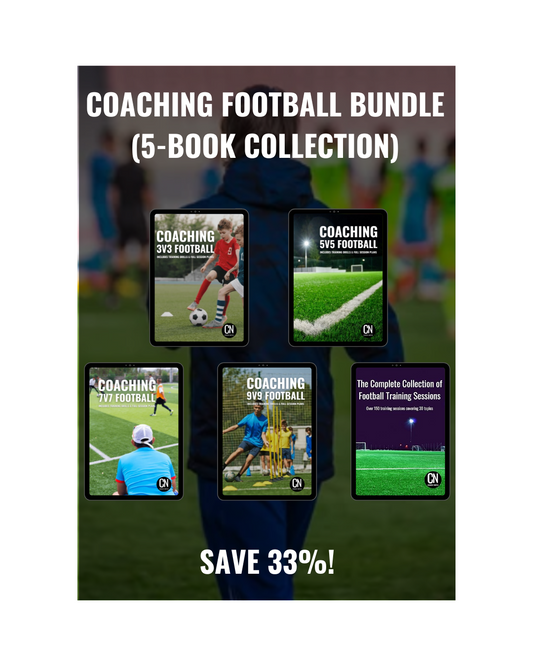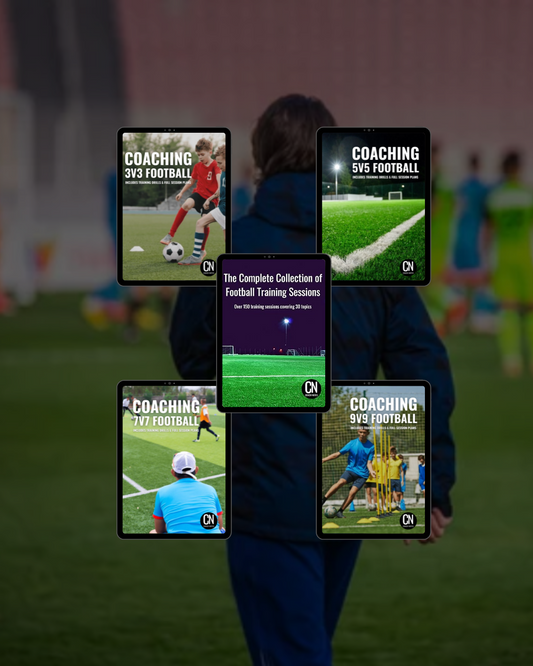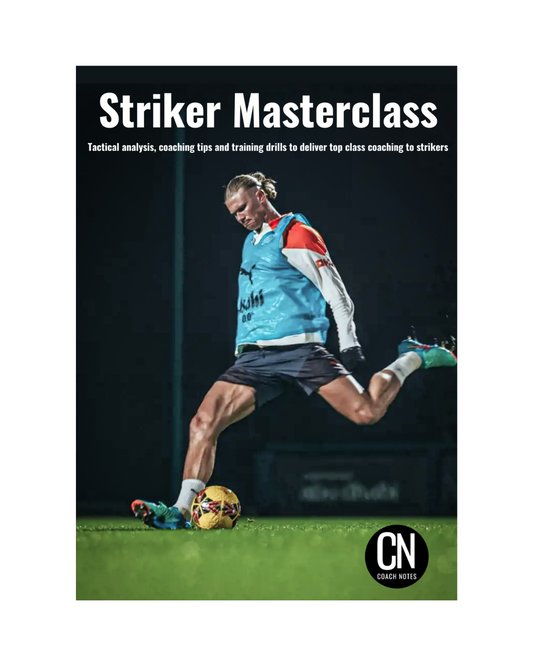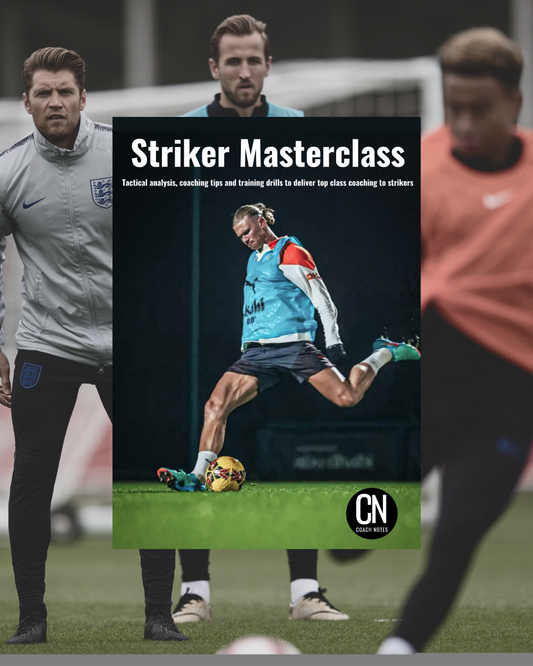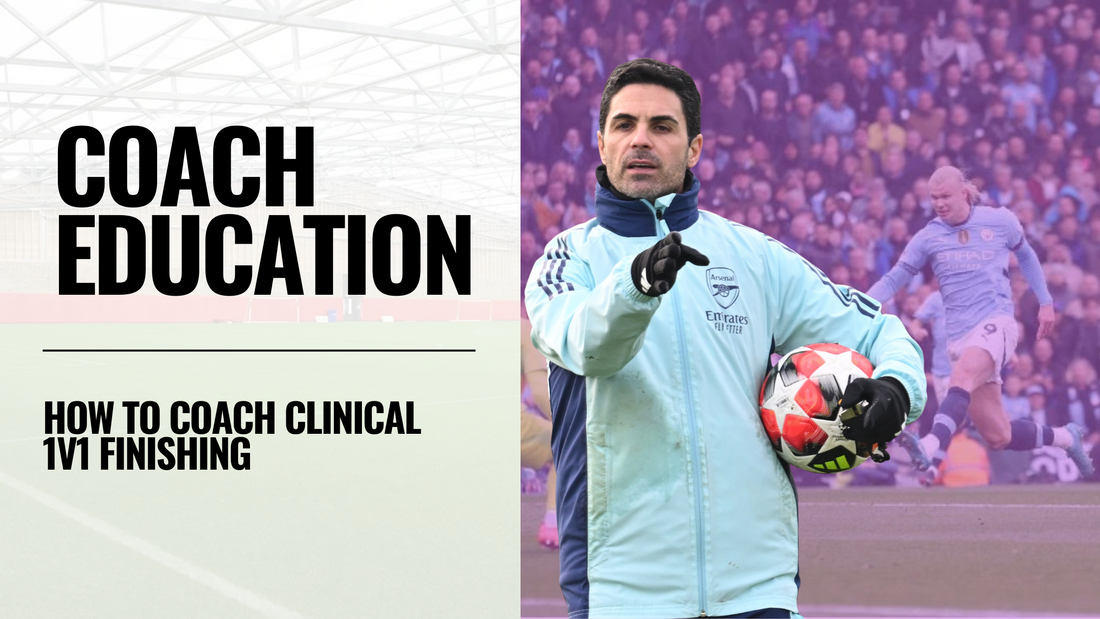
How to Coach Clinical 1v1 Finishing
Share
In today’s game, strikers are expected to do more than just score, they must be able to assess, decide, and execute under pressure in a split second. One of the most critical scenarios they face is the 1-on-1 with the goalkeeper, where everything from body shape to timing and shot selection determines whether the ball ends up in the net.
Yet many young players approach 1v1 finishing with a limited view relying too heavily on power or defaulting to the same type of shot, regardless of the situation. While striking with power is useful, what matters most is the accuracy, timing, and technique selection. A calm, well-placed finish into the corner is often far more effective than a powerful blast straight at the keeper.
🧠 Teaching the Right Finish for the Right Situation
As coaches, it’s essential to equip players with a toolkit of finishing options, but more importantly, teach them how to pick the right tool based on the moment.
Key factors to consider include:
- Goalkeeper positioning: Are they rushing out? Staying deep? Spreading their body?
- Type of finish: Is it a first-time strike or after a dribble? Is the player under pressure from behind?
- Shot angle and pitch location: Is the approach central, wide, or from an angle? Is the player near the edge of the box or closer to goal?
Young strikers must learn to scan, assess, and choose. The right decision often comes down to:
- Picking accuracy over power
- Targeting the goalkeeper's blind spots (corners, under the body, between the legs)
- Using the correct surface of the foot and controlling the strike for precision
By instilling this decision-making process early, players become more adaptable and able to score in a variety of ways, under a variety of pressures.
Techniques to Coach:
1) 🥅 Hitting the Corners
Overview:
The most consistent way to score in 1v1s is to target the bottom corners. Goalkeepers naturally guard the centre of the goal, so precise finishes into the corners force difficult low saves.
Key Coaching Points:
- Repetition and Muscle Memory: Design sessions that prioritise repeated, focused attempts from different angles. Use mannequins to simulate pressure and reinforce corner targeting.
- Body Mechanics: Train players to place their non-kicking foot pointing towards the target, keep their head over the ball, and strike cleanly through the bottom half.
- Controlled Striking: Educate players to use the inside of the foot for precision or the laces for a firmer, controlled strike but always prioritise placement over power.
- Decision-Making: Players must learn to read the keeper's positioning, selecting near post if the keeper overcommits, or far post if space is available.
2) ⤴️ Rounding the Goalkeeper
Overview:
When a goalkeeper aggressively rushes out, rounding them can open up the net completely. This method leverages the keeper’s momentum, requiring the striker to stay calm and in control.
Key Coaching Points:
- Reading the Rush: Strikers must identify when a keeper is committing forward. This recognition must be drilled in using live pressure or simulated defensive recovery.
- First Touch and Body Shape: A positive, angled first touch is essential to bypass the keeper. Body feints help unbalance the keeper and create the opportunity to go around them.
- Stay Composed: Players often rush and lose control. Recreate game-like pressure in training to build poise in these high-stakes moments.
- Two-Way Development: Train finishing both to the left and right after rounding the keeper, ensuring strikers become unpredictable.
3) 🧤 Chipping the Goalkeeper
Overview:
A well-timed chip over a diving goalkeeper is a skill that separates good finishers from elite ones. Though risky, it’s extremely effective against keepers who go to ground early.
Key Coaching Points:
- Timing and Observation: Teach players to wait until the keeper has committed to the ground. A premature chip is easily saved; too late and the chance is lost.
- Technique Focus: Strike under the ball with the toes or instep using a short, stabbing motion. Follow-through should be minimal to maintain lift without overhitting.
- Accuracy Above All: Reinforce the principle that the chip doesn’t need to be powerful, just well placed.
- Build Confidence: Begin with no-pressure drills and gradually introduce dynamic defenders and reactive goalkeepers to increase realism.
4) ⚽️ Placing by the Goalkeeper’s Side
Overview:
When goalkeepers spread themselves to block space, they often leave gaps near their arms or between their legs. Targeting these gaps with quick, low finishes can be highly effective.
Key Coaching Points:
- Spot the Gap: Train players to scan the keeper's stance in real time. The space between the arm and leg is a favourite target for top strikers.
- Quick Execution: Stress the need for early decision-making and quick release before the keeper can react.
- Precision Under Pressure: Include defenders in drills to increase pressure and simulate match speed decision-making.
- Target Practice: Use small target zones in training to develop precision and reinforce muscle memory.
5) 🎯 Finishing Through the Legs
Overview:
Shooting through the keeper’s legs is a bold move, best used when in tight quarters or on a tight angle. It's especially effective when the goalkeeper spreads or prepares to dive.
Key Coaching Points:
- Recognising the Window: Players must learn to spot when the keeper is off balance or stretching, leaving their legs open.
- One-Touch Mastery: Often there’s no time for multiple touches. Work on first-time finishes and quick decision-making under defensive and time pressure.
- Decision Discipline: This should not be the default choice. Train players to choose it only when the opportunity is clear and other options are shut down.
- Angle Drills: Replicate game angles in training so strikers develop a feel for when and how to execute this move.
🧠 Psychological Elements of 1v1 Finishing
It’s important to recognise that 1-on-1s are as much mental as they are technical. Encourage players to:
- Trust their instincts: Overthinking often leads to hesitation and missed chances.
- Visualise success: Positive imagery helps build composure.
- Learn from failure: Use missed chances in training as opportunities to reflect and improve decision-making.
Use video analysis to help players see the outcomes of their choices, their timing, and their technical execution, this builds understanding and confidence.
💭 Final Thoughts for Coaches
Effective 1v1 finishing is about more than just drills, it’s about teaching players to read situations, choose the right technique, and stay calm in pressure moments. Focus your sessions on:
- Repetition with decision-making
- Individual coaching and feedback
- Building confidence through realistic scenarios
Whether it’s slotting home calmly, rounding the keeper with finesse, or lofting a perfect chip, the best strikers make it look easy and with structured coaching, your players can too.

